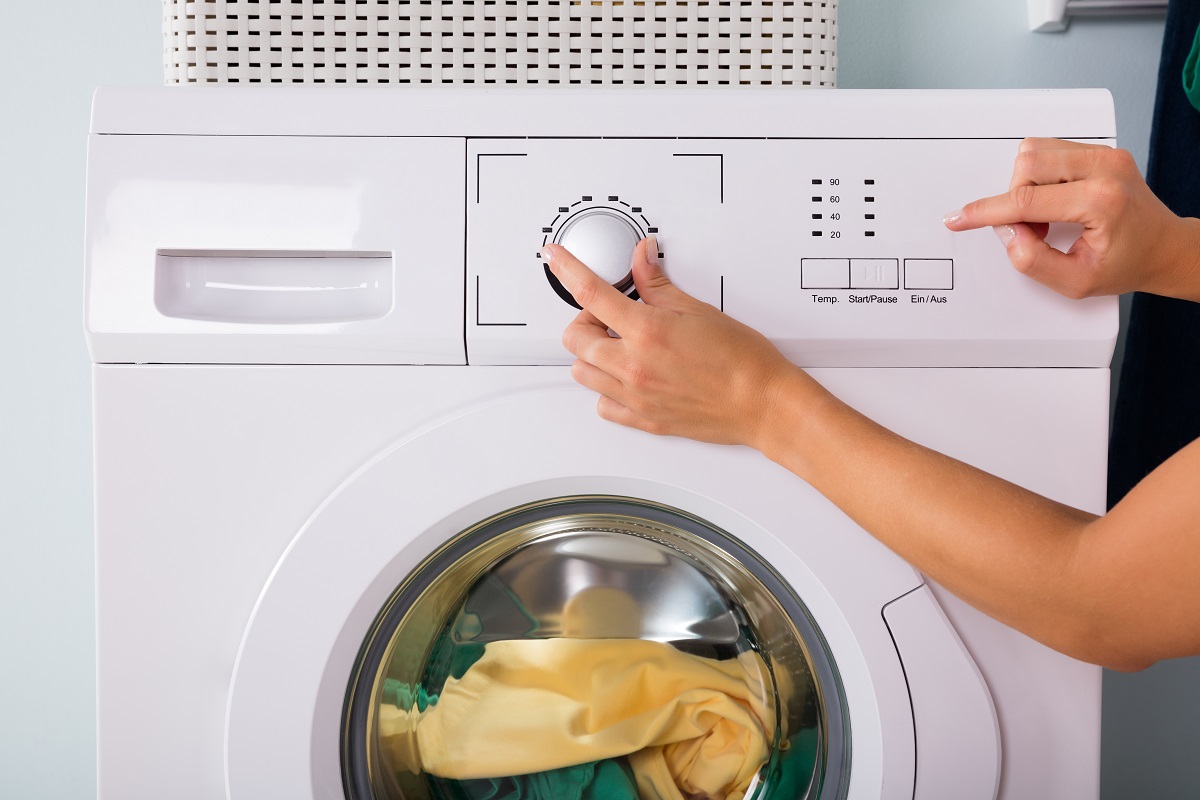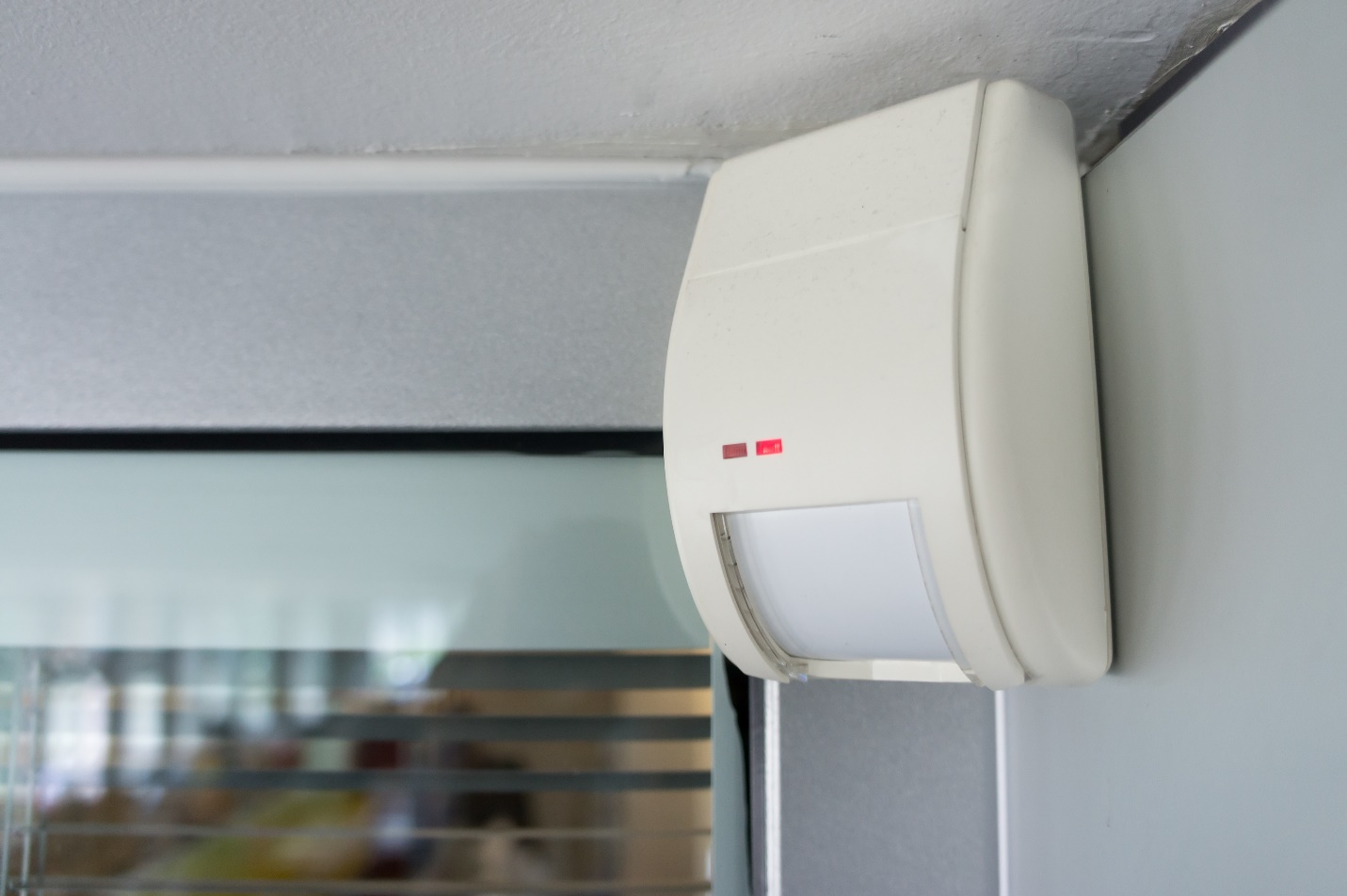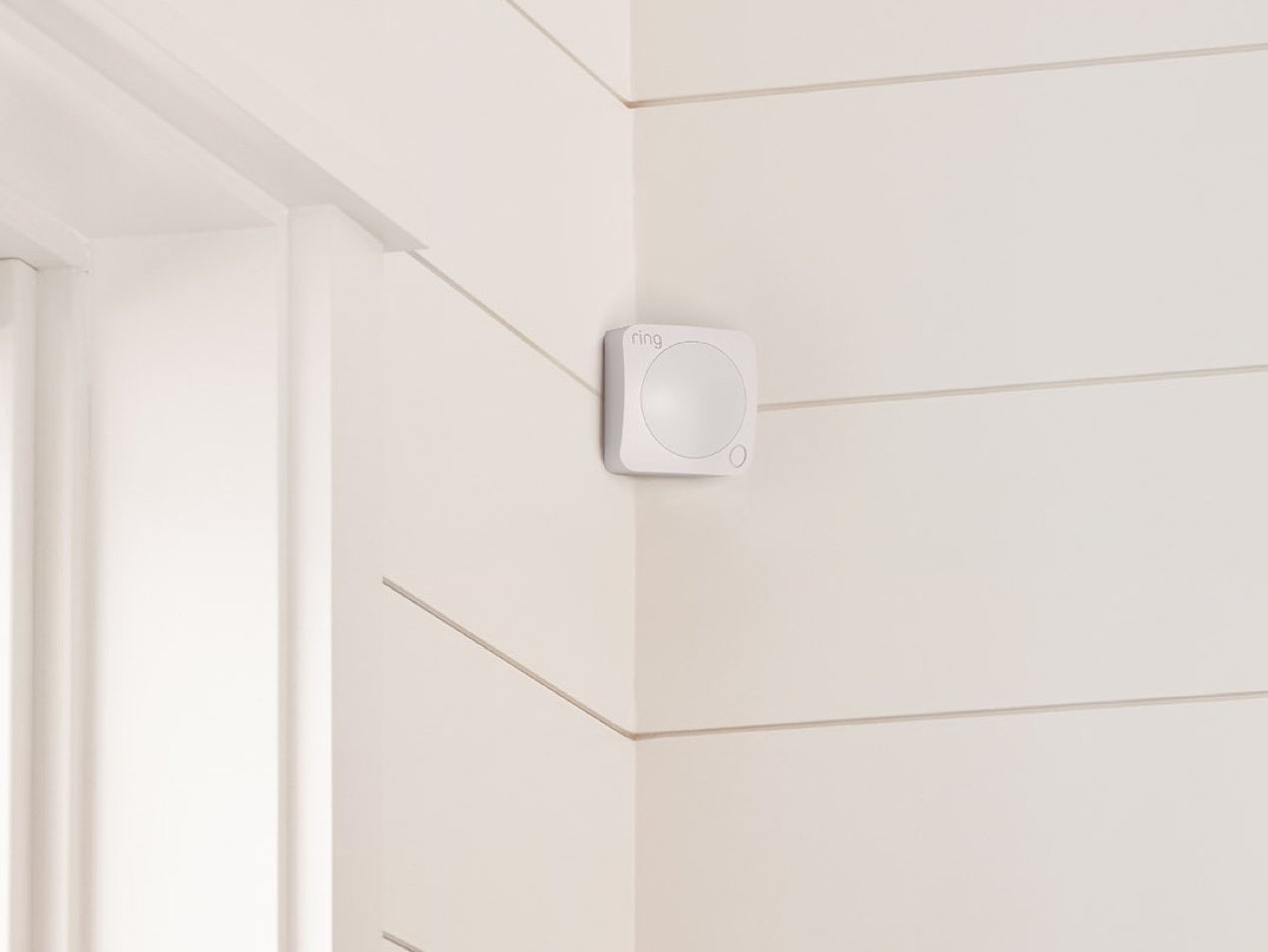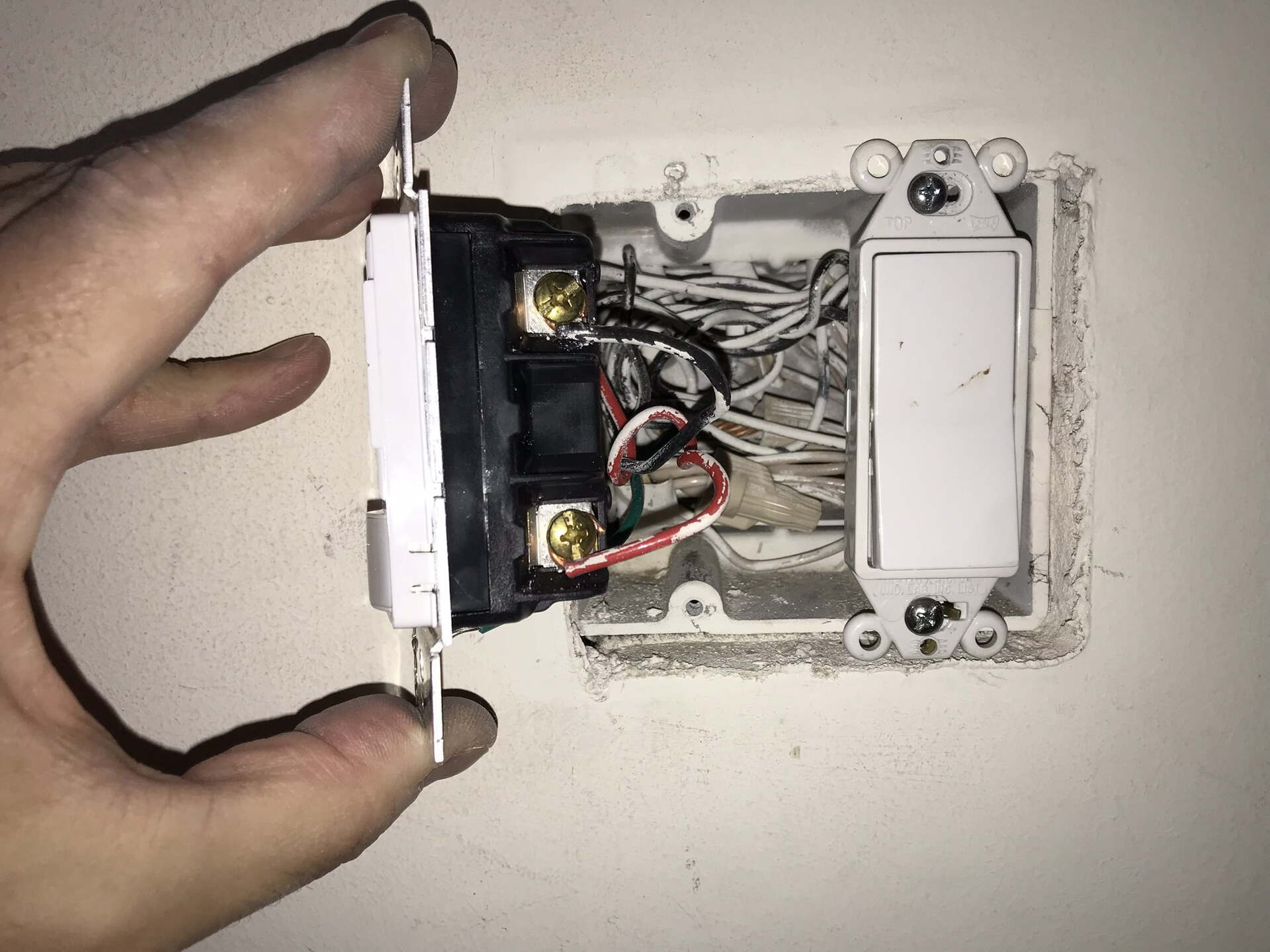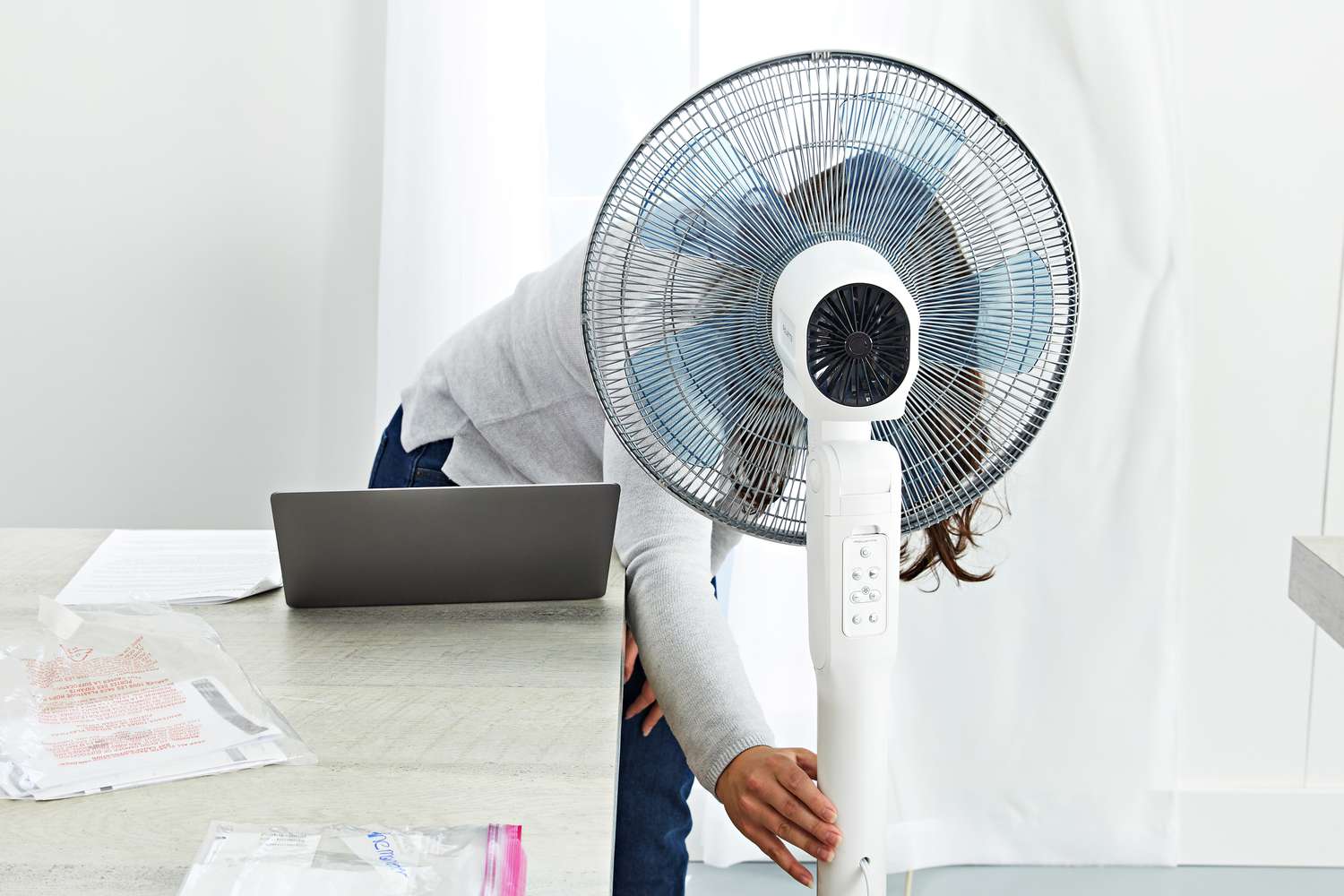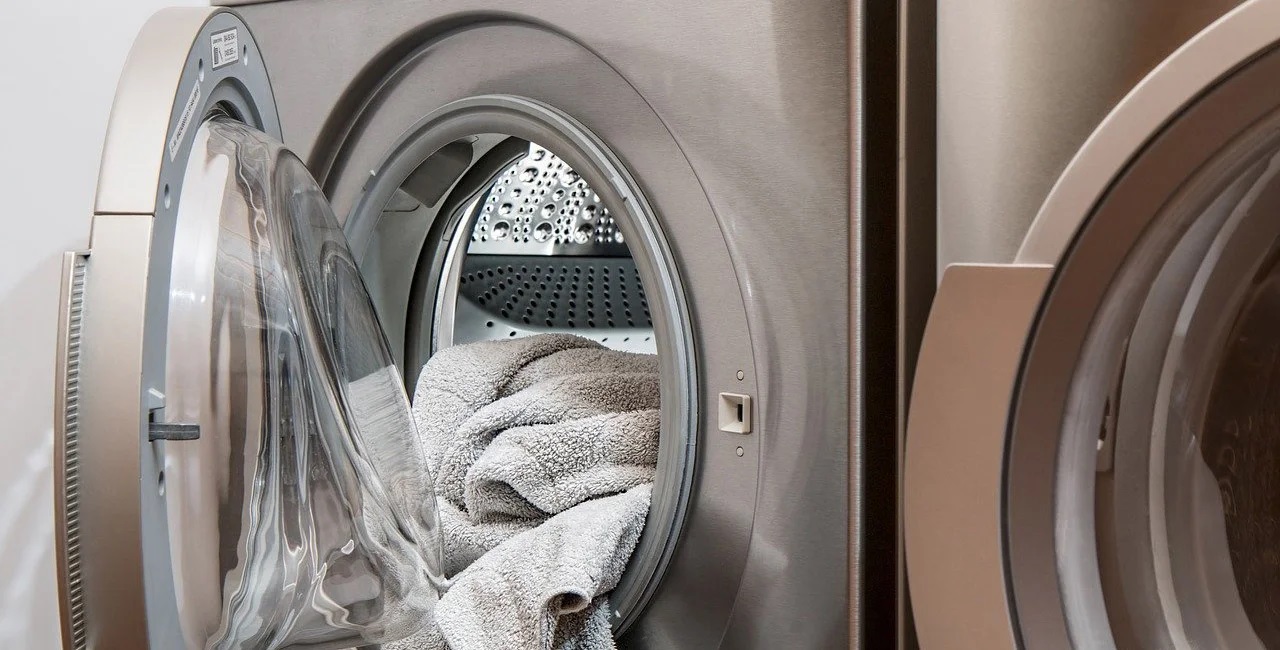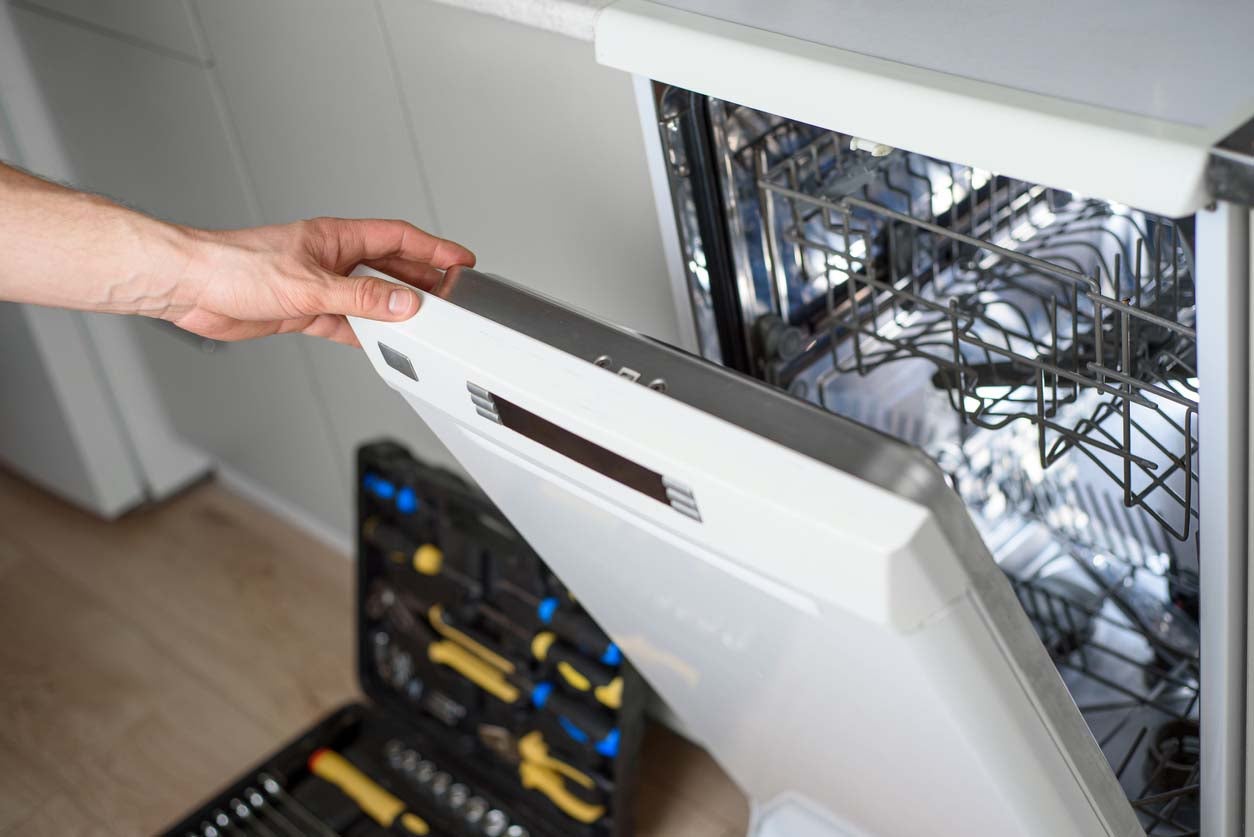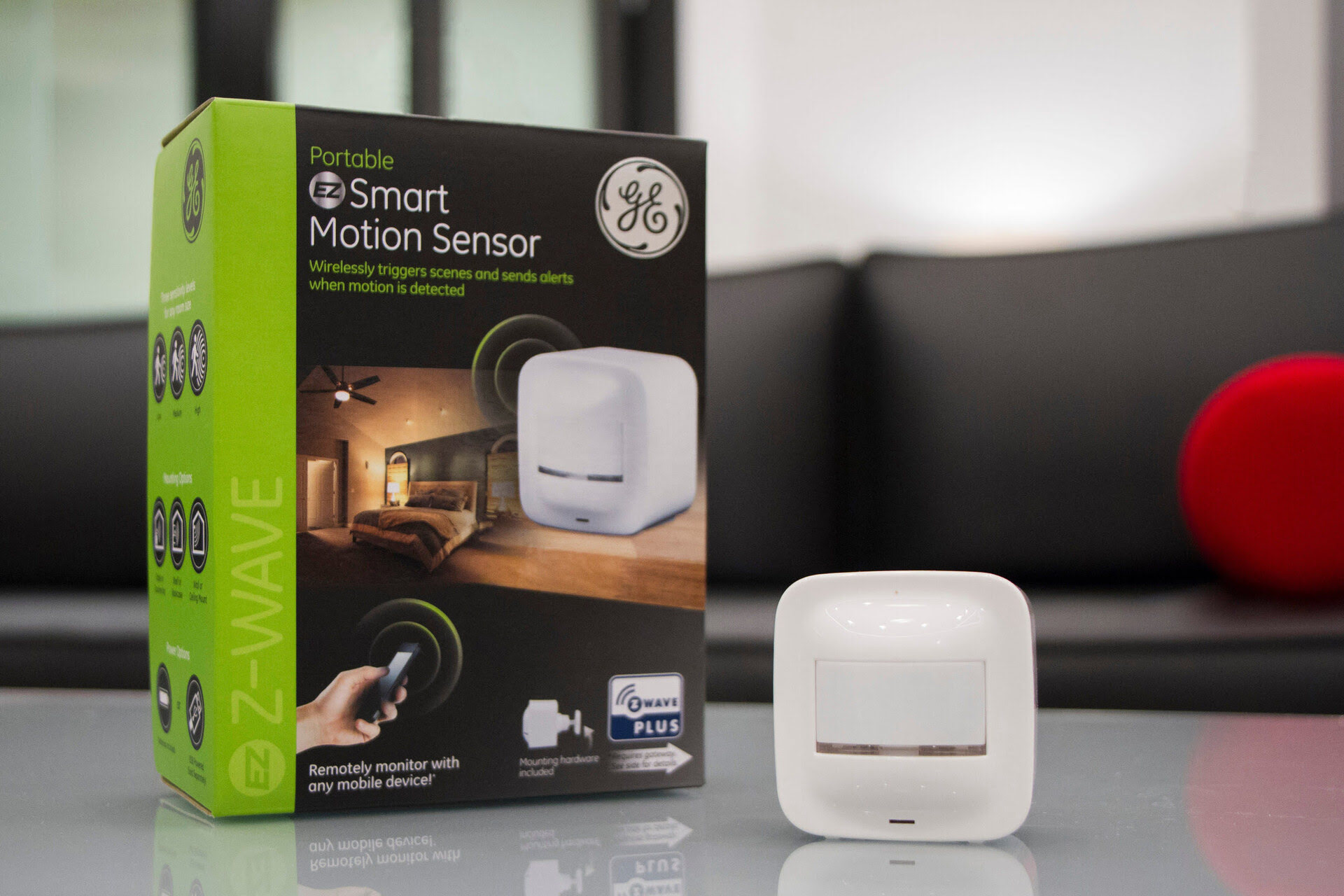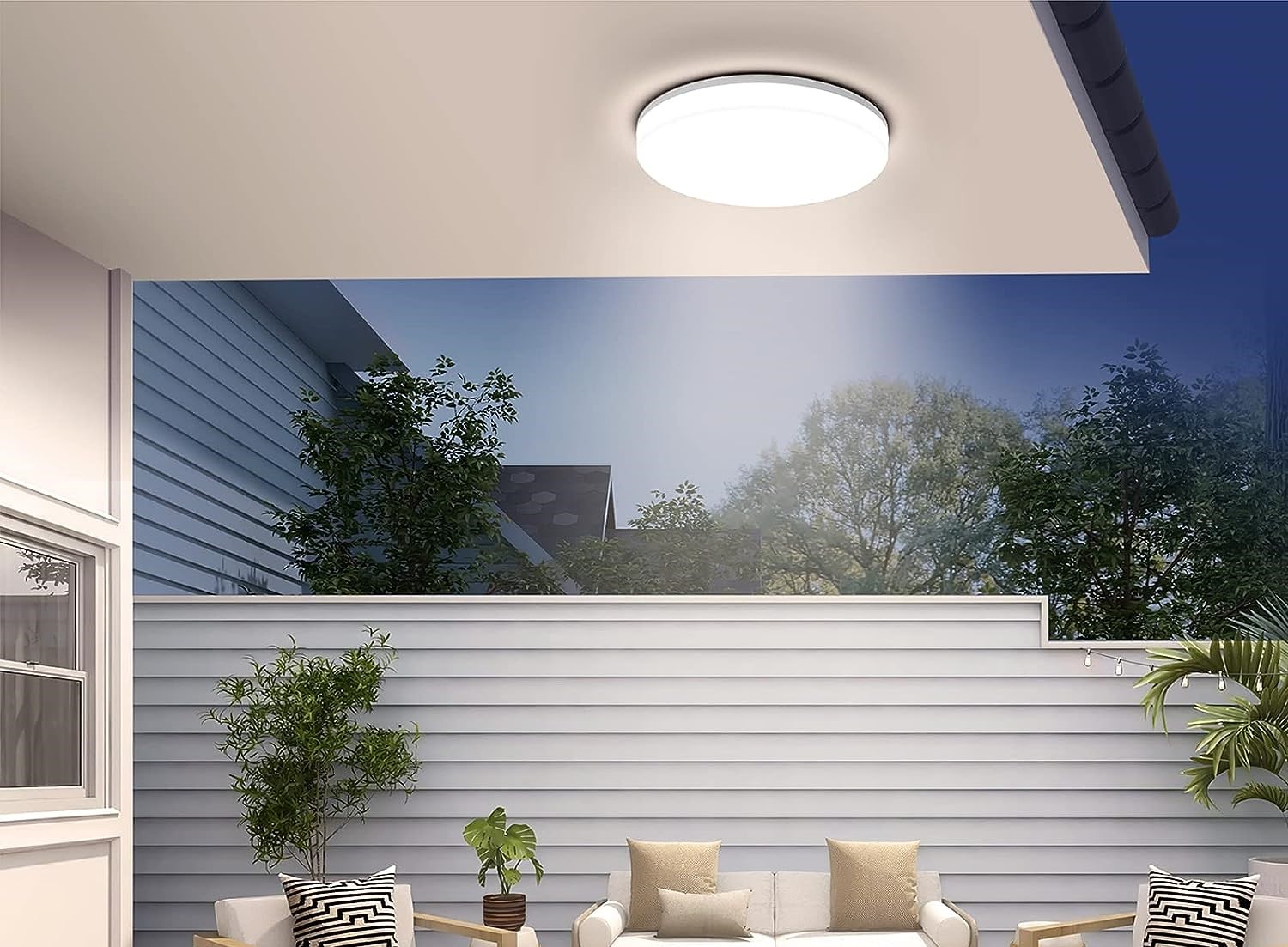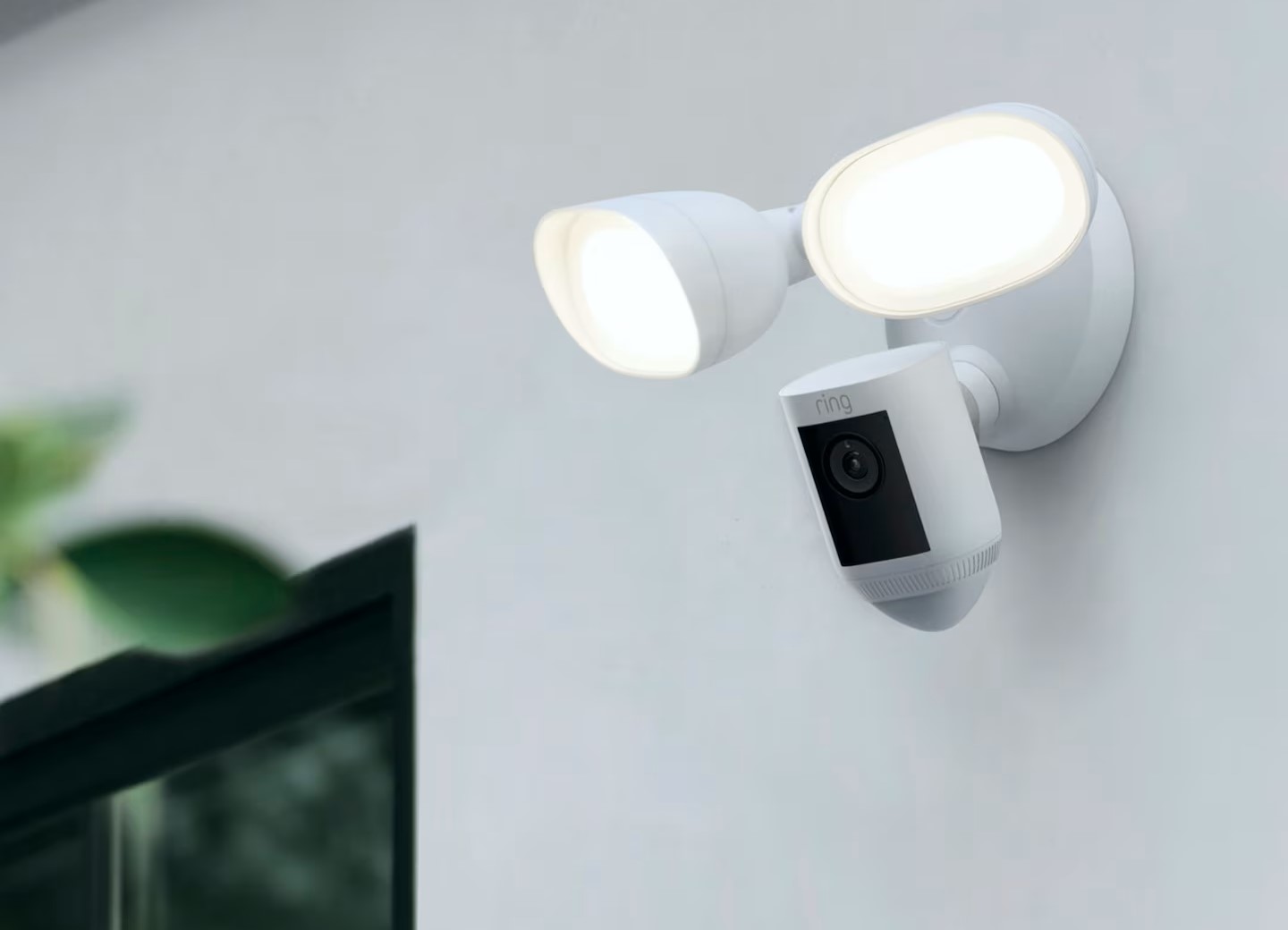Home>Home Security and Surveillance>Why Won’t My Motion Detector Light Deactivate
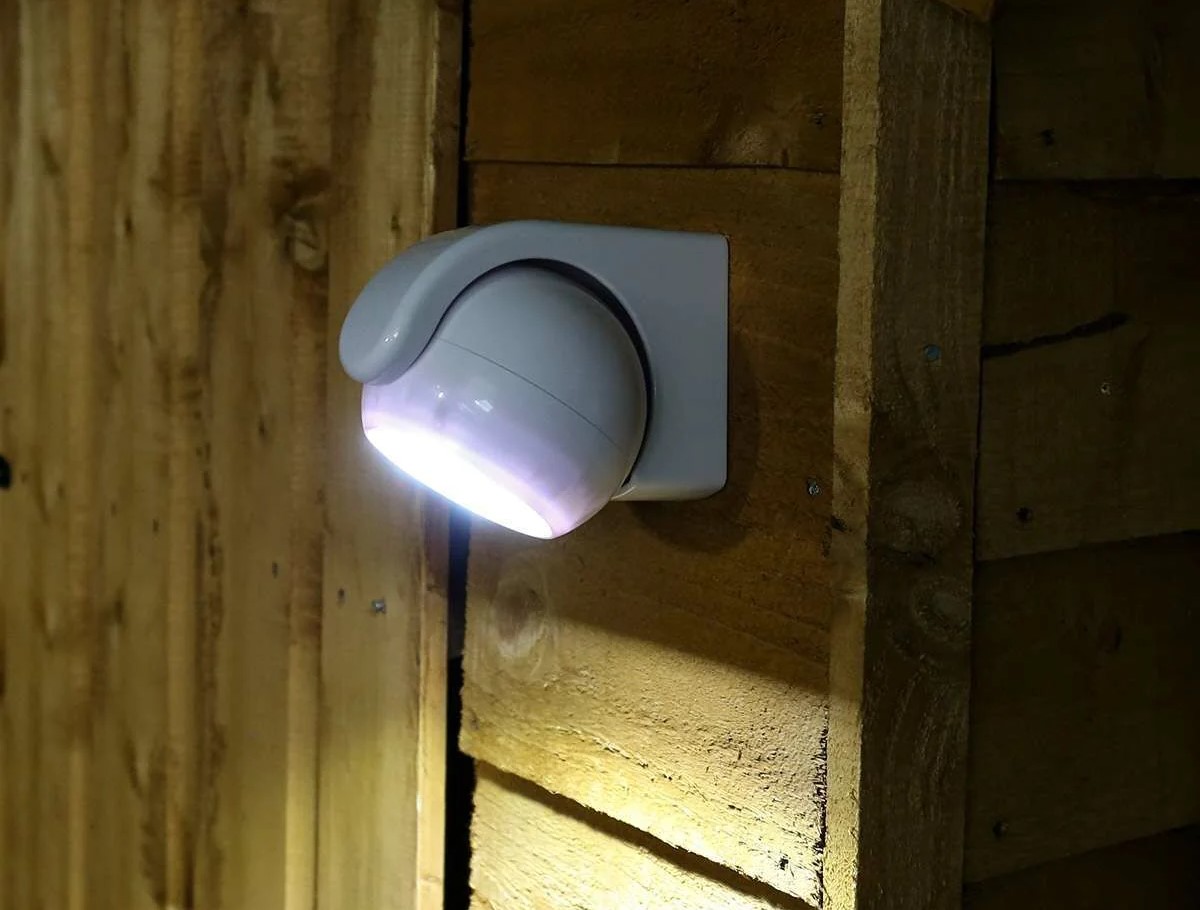

Home Security and Surveillance
Why Won’t My Motion Detector Light Deactivate
Modified: March 6, 2024
Ensure the safety of your home with effective home security and surveillance. Discover why your motion detector light won't deactivate and find solutions to keep your property protected.
(Many of the links in this article redirect to a specific reviewed product. Your purchase of these products through affiliate links helps to generate commission for Storables.com, at no extra cost. Learn more)
Introduction
Motion detector lights are an essential component of home security and surveillance systems. These lights provide added protection by automatically illuminating when they detect any movement within their range. This not only deters potential intruders but also offers convenience and peace of mind for homeowners.
However, there may be instances when the motion detector lights fail to deactivate after a certain period of time, causing inconvenience and wastage of energy. This can be frustrating, especially when you’re trying to conserve electricity and reduce your carbon footprint.
In this article, we will delve into the common issues associated with motion detector lights and explore the reasons why they may not deactivate. We will also provide practical solutions to help you resolve these deactivation issues and restore the optimal functionality of your motion detector lights.
Key Takeaways:
- Keep your motion detector lights functioning optimally by adjusting duration settings, removing obstructions, checking power supply, replacing faulty sensors, and updating firmware to ensure proper deactivation.
- Troubleshoot and resolve motion detector light deactivation issues by implementing practical solutions such as adjusting settings, clearing obstructions, and ensuring proper power supply for reliable home security and convenience.
Read more: How To Deactivate A Motion Detector
Understanding Motion Detector Lights
Motion detector lights are electronic devices that use sensors to detect motion within a specified range. They are typically installed in outdoor areas such as driveways, gardens, and entrances, where added security is desired.
The primary component of a motion detector light is the motion sensor. This sensor detects changes in infrared energy levels caused by the movement of objects in its field of view. When the sensor detects movement, it triggers the light to turn on, illuminating the surrounding area.
There are several types of motion sensors used in motion detector lights, including passive infrared (PIR) sensors, microwave sensors, and dual-technology sensors. PIR sensors are the most common and work by detecting changes in heat patterns.
Most motion detector lights come with adjustable settings, allowing users to customize factors such as the sensitivity, duration of illumination, and range of the motion sensor. These settings can be adjusted to suit specific needs and preferences.
It is important to note that motion detector lights are not only beneficial for security purposes but also offer several practical advantages. They provide enhanced safety by illuminating paths and entrances, making it easier to navigate in the dark. Additionally, motion detector lights help conserve energy by only activating when motion is detected, rather than remaining constantly lit.
Now that we have a basic understanding of motion detector lights, let’s explore some common issues that you may encounter with these lights.
Common Issues with Motion Detector Lights
While motion detector lights are generally reliable and efficient, there are a few common issues that homeowners may experience. Understanding these issues can help troubleshoot problems and ensure that your motion detector lights are functioning optimally. Here are some of the most common issues:
-
Lights not turning on
One of the most frustrating issues with motion detector lights is when they fail to turn on when motion is detected. This can be caused by various factors, such as a faulty sensor, wiring issues, or power supply problems. It is important to check the power source and ensure that the connections are secure. Additionally, check the sensitivity settings and adjust them if necessary.
-
Lights not turning off
Another common issue is when the motion detector lights fail to deactivate after a certain period. This can result in excessive energy consumption and unnecessary illumination. In this case, it is essential to check the duration settings and adjust them accordingly. If the problem persists, there may be a faulty sensor or wiring issue that needs to be addressed.
-
Read more: Why Does My Motion Detector Light Remain On?
False activations
False activations occur when motion detector lights are triggered by non-threatening movements, such as tree branches swaying or animals passing by. This can be quite bothersome and may lead to frequent and unnecessary lighting. To reduce false activations, adjust the sensitivity settings and angle the motion sensor away from areas with frequent movement. You can also consider installing motion detector lights with advanced features like pet immunity, which can help differentiate between humans and smaller animals.
-
Dim or flickering lights
Sometimes, motion detector lights may exhibit dim or flickering light output. This can be caused by issues like loose connections, aging bulbs, or electrical fluctuations. Start by checking the bulb connections and ensure they are tightly secured. If the problem persists, consider replacing the bulbs with new ones of the appropriate wattage. If the issue still persists, it may be necessary to consult a professional electrician.
-
Interference from other light sources
External light sources, such as streetlights or neighboring properties, can cause interference with motion detector lights. This interference can disrupt the accurate detection of motion, leading to inconsistent performance. If you notice interference from other light sources, consider adjusting the motion sensor’s range or installing shields to block out unwanted light.
By being aware of these common issues, you can proactively address any problems that arise with your motion detector lights and take the necessary steps to resolve them. In the next section, we will explore the reasons why motion detector lights may fail to deactivate after detecting motion.
Reasons Why Motion Detector Lights Won’t Deactivate
When motion detector lights fail to deactivate after detecting and illuminating an area, it can be a frustrating experience. Several factors can contribute to this issue. Understanding these reasons can help identify the underlying problem and find an appropriate solution. Here are some common reasons why motion detector lights may not deactivate:
-
Read more: How To Deactivate A DSC Motion Detector
Incorrect duration settings
The duration setting determines how long the lights will stay on after detecting motion. If the duration setting is set too high, the lights will remain illuminated for an extended period, leading to the perception that they won’t deactivate. Check the duration setting and adjust it to a suitable time frame to ensure that the lights turn off when desired.
-
Interference from nearby objects
Physical objects in the vicinity of the motion sensor can obstruct its ability to detect motion accurately. This can lead to the lights staying on even if there is no movement. Ensure that there are no obstacles, such as plants, curtains, or furniture, obstructing the motion sensor’s line of sight. Clearing the area around the motion detector can help improve its performance and ensure proper deactivation.
-
Power supply issues
Inconsistent power supply can interfere with the proper functioning of motion detector lights. Check the power source to ensure it is stable and providing adequate voltage. Loose or faulty wiring can also cause issues with deactivation. Inspect the wiring connections and make sure they are secure. Hiring a professional electrician may be necessary to diagnose and fix any power supply issues.
-
Faulty sensors
Over time, motion sensors can become worn out or damaged, resulting in incorrect readings and failure to deactivate the lights. If other troubleshooting methods have been unsuccessful, it may be necessary to replace the motion sensor. Contact the manufacturer or consult a professional to ensure proper installation of a new sensor.
-
Software or programming glitches
In some cases, motion detector lights may experience software or programming glitches, causing them to malfunction. This can affect the deactivation process and lead to lights staying on longer than intended. If the issue persists even after adjusting settings and checking for physical obstructions, consider resetting the lights or updating their firmware according to the manufacturer’s instructions.
It is important to note that these reasons are general guidelines, and the specific cause of the deactivation issue can vary depending on the type and model of motion detector lights. If you are unsure about the problem or unable to resolve it on your own, it is advisable to seek professional assistance for accurate diagnosis and repair.
Now that we have explored the reasons behind motion detector lights not deactivating, let’s move on to the next section to discover potential solutions to these issues.
Solutions to Resolve Motion Detector Light Deactivation Issues
When motion detector lights fail to deactivate as expected, it’s important to take the necessary steps to address the issue and restore their proper functionality. Here are some effective solutions to resolve motion detector light deactivation issues:
-
Adjust duration settings
Start by checking the duration settings of the motion detector lights. If the lights stay on for longer than desired, reduce the duration setting to a more appropriate time frame. Experiment with different durations to find the optimal setting that aligns with your specific needs.
-
Remove physical obstructions
Ensure that there are no physical obstructions blocking the motion sensor’s line of sight. Trim any overgrown vegetation, reposition furniture, or adjust curtains that may be interfering with the motion detector’s ability to detect movement. Clearing the area surrounding the motion sensor will improve its accuracy and promote proper deactivation.
-
Check power supply and wiring
Inspect the power supply and wiring connections of the motion detector lights. Ensure that there are no loose or damaged wires and that the power source is stable. If necessary, hire a professional electrician to evaluate the power supply and wiring for any issues and make the necessary repairs.
-
Replace faulty sensors
If the motion detector lights continue to exhibit deactivation issues, it may indicate a faulty sensor. Contact the manufacturer or consult a professional to determine if the sensor needs to be replaced. Proper installation of a new sensor will ensure accurate motion detection and successful deactivation.
-
Reset or update firmware
If the motion detector lights are experiencing software or programming glitches, try resetting them to their default settings. Consult the manufacturer’s instructions on performing a reset, as the process may vary depending on the specific model. If available, check for firmware updates and install them according to the manufacturer’s guidelines to address any software-related issues.
It’s important to note that these solutions are general guidelines, and the specific steps to resolve motion detector light deactivation issues may vary depending on the make and model. Always refer to the manufacturer’s instructions or seek professional assistance if you are unsure or unable to resolve the problem.
By implementing these solutions, you can effectively troubleshoot and resolve motion detector light deactivation issues, ensuring that your lights operate as intended and provide the intended security and convenience.
Conclusion
Motion detector lights play a vital role in enhancing home security and providing added convenience. When these lights fail to deactivate as expected, it can be a frustrating experience. However, by understanding the common issues and reasons behind motion detector light deactivation problems, you can implement the appropriate solutions to restore their optimal functionality.
Throughout this article, we have explored the various aspects of motion detector lights, including their importance, common issues, reasons why they won’t deactivate, and solutions to resolve these deactivation issues. It is essential to check the duration settings, remove physical obstructions, ensure proper power supply and wiring, replace faulty sensors if necessary, and reset or update firmware to address motion detector light deactivation problems.
Remember, each motion detector light system may have its unique characteristics and requirements, so it’s crucial to refer to the manufacturer’s instructions or consult a professional if you encounter difficulties in resolving the issues. Proper troubleshooting and maintenance will help ensure that your motion detector lights continue to provide reliable security and convenience for your home.
By proactively addressing and resolving motion detector light deactivation issues, you can enjoy the benefits of a well-functioning and efficient home security system. Rest easy knowing that your motion detector lights will effectively detect motion, illuminate your surroundings, and provide you with the peace of mind you deserve.
Frequently Asked Questions about Why Won't My Motion Detector Light Deactivate
Was this page helpful?
At Storables.com, we guarantee accurate and reliable information. Our content, validated by Expert Board Contributors, is crafted following stringent Editorial Policies. We're committed to providing you with well-researched, expert-backed insights for all your informational needs.
